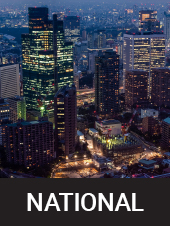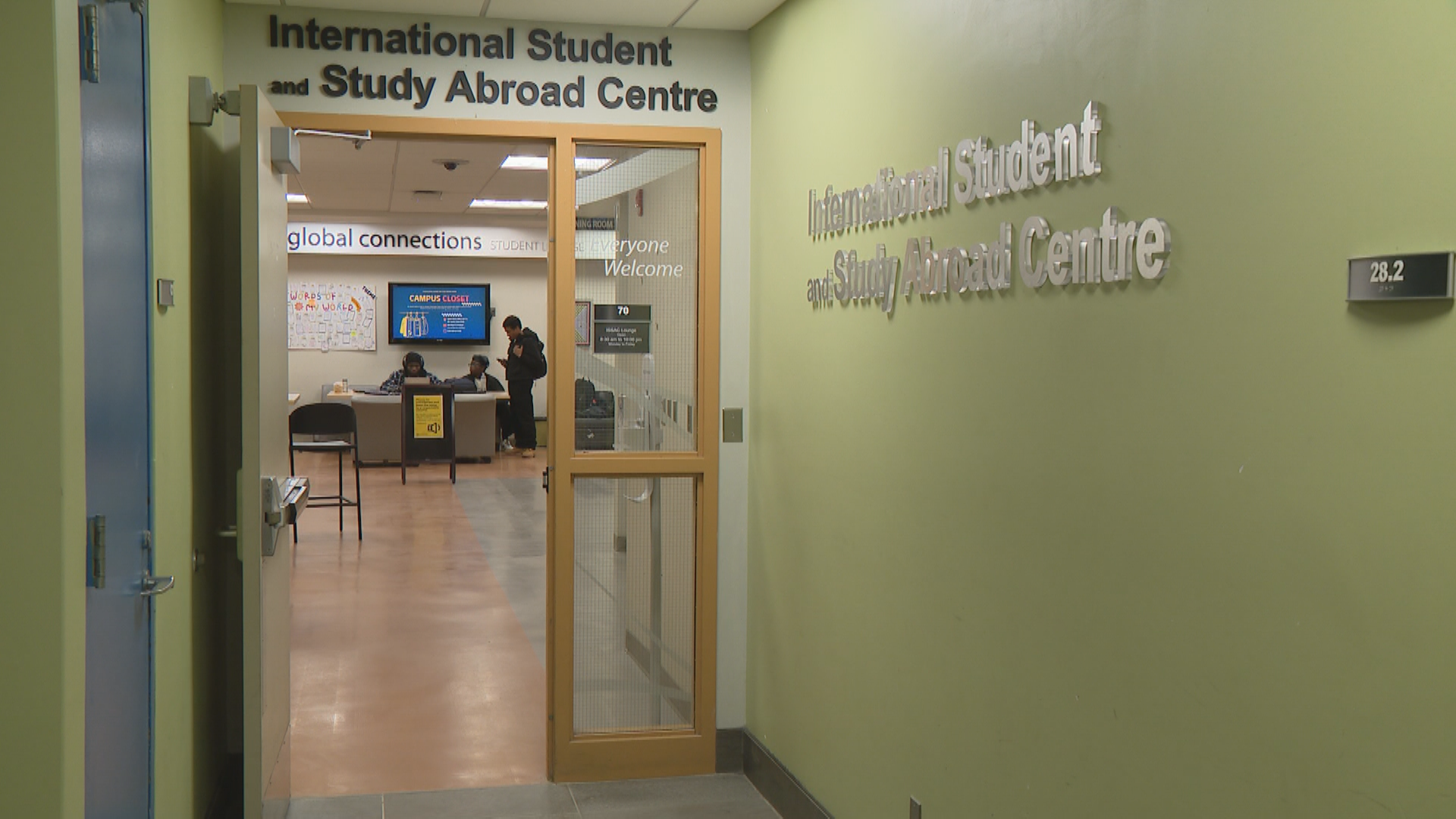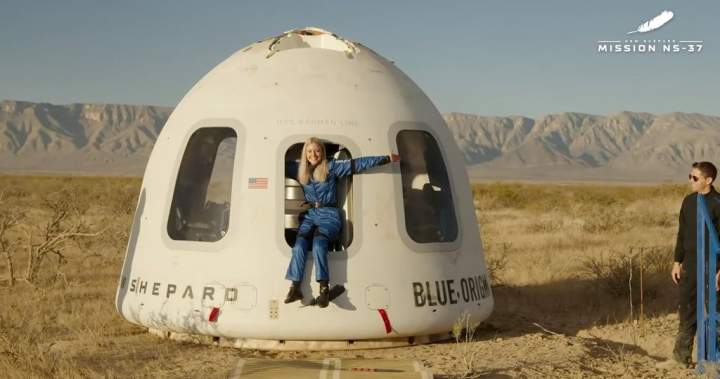
Prime Minister Mark Carney says he sees an opening for Canada to attract global tech talent now that the United States is introducing a $100,000 fee for temporary visas for workers with specialized skills.
But the Canadian tech sector typically sees a lot of migration to the U.S. among high-skill employees — and some experts warn the increased visa fee could actually accelerate the exodus south.
Here are five things you need to know about the U.S. H-1B visa fee.
U.S. President Donald Trump announced last month that new H-1B visa applications will be subject to a $100,000 fee going forward.
These work visas are good for three years and are used to attract employees with hard-to-find skills and at least a bachelor degree.
According to Pew Research, about 60 per cent of H-1B visas issued since 2012 were held by people in computer-related fields.
The original fee to apply for a H-1B visa was $215.
The Trump administration says these visas undercut American workers because foreign workers often accept lower pay than their U.S. counterparts.
“To take advantage of artificially low labour costs incentivized by the program, companies close their IT divisions, fire their American staff, and outsource IT jobs to lower-paid foreign workers,” the White House said on Sept. 19.
A 2020 report from the Economic Policy Institute said that 60 per cent of H-1B visa positions certified by the U.S. Labor Department received less than the median wage for the job.
Carney said last Saturday that he sees an opportunity to attract international tech talent to Canada thanks to the higher H-1B visa fee.

Get daily National news
Get the day’s top news, political, economic, and current affairs headlines, delivered to your inbox once a day.
“Not as many of those people are going to get visas to the United States. And these are people with lots of skills that are enterprising, and they’re willing to move to work,” Carney told a press conference in London.
“So it’s an opportunity for Canada, and we’re going to take that into account. And we’ll have a clear offering on that.”
Carney added, however, that any admissions will happen in the context of plans to reduce both temporary and permanent immigration.
The government’s current target is to reduce the number of non-permanent residents in Canada to 5 per cent of the population by the end of 2027.
According to Statistics Canada, the non-permanent resident share of the population was 7.1 per cent as of April 1, down from 7.4 per cent at the start of 2025.
The government is expected to release its updated immigration levels plan by the end of the month.
Canadians looking to work in the U.S. tech sector have another visa option — the TN visa available through the Canada-United States-Mexico Agreement on trade, better known as CUSMA.
Benjamin Bergen, Council of Canadian Innovators president, said this other visa option could make Canadians more attractive to American firms if the H-1B visa fee hike creates a domestic labour shortage.
“Does the shift then go, rather than being from India or from China, that you’re now pulling people from Canadian firms or from Canadian universities? So that’s something we’re heavily monitoring,” Bergen said.
Bergen said some American tech companies have access to another visa workaround: they can hire someone to work in a Canadian branch and then use a transfer visa to get them to the U.S.
“They actually would refer to Vancouver as Ellis Island. Basically, you had to come spend a year in Vancouver and then you could be shipped down,” he said.
Angus Lockhart is a senior policy analyst at the Dais, a public policy think tank at Toronto Metropolitan University. He said that American tech jobs tend to pay around 46 per cent more than comparable Canadian positions.
“So Canadian tech workers, Canadian graduates have a really strong incentive to move down south and just earn substantially more than they could if they stay here,” he said.
Lockhart said highly skilled Canadians looking to move south are more likely to pursue a H-1B visa. Unlike the TN visa, the H-1B opens up a path to staying in the U.S. longer.
Despite the fierce competition, Canada still attracts international tech talent. High-tech, science and engineering firms here tend to employ more immigrants than those in other fields.
Government data says 35 per cent of Canada’s computer programmers are foreign born, while immigrants make up about 26 per cent of the total workforce.
Bergen said that if Canada wants to woo globe-trotting talent away from the U.S., it needs to create an environment where tech companies and startups can grow.
“It can’t just be this sort of whack-a-mole, knee-jerk reaction. ‘Oh, the Americans have done something dumb. We inherently benefit from it.’ That’s not how that works,” he said.
To grow the tech sector here, he said, Canada needs to do a better job of integrating Canadian-made products into the public service and bureaucracy. He said this approach has succeeded in Denmark, Israel, Japan, Korea and the U.S.
“If you look at Canada, we do a really bad job at procuring from our own vendors. And so what I would say is that you need a whole of government approach to actually capture and help support an ecosystem,” Bergen said.
Washington requires that the employers doing the hiring ensure that the $100,000 fee is submitted along with the H-1B visa application. American immigration law firms say it’s the employers’ responsibility to pay the fee.
While top-flight international talent will still be in high demand, Lockhart said, the higher fee will likely lead firms to think twice before hiring workers from abroad at the lower end of the tech sector pay scale.
“No company is going to balk at that and say, ‘We can’t hire this person we wanted to pay $5 million to because they had to pay a one-time $100,000 fee,” he said.
“But for a lot of other tech workers, the bulk of the tech work population that is making more so in the low six figures range, the $100,000 does become an issue.”
—With files from The Associated Press.







